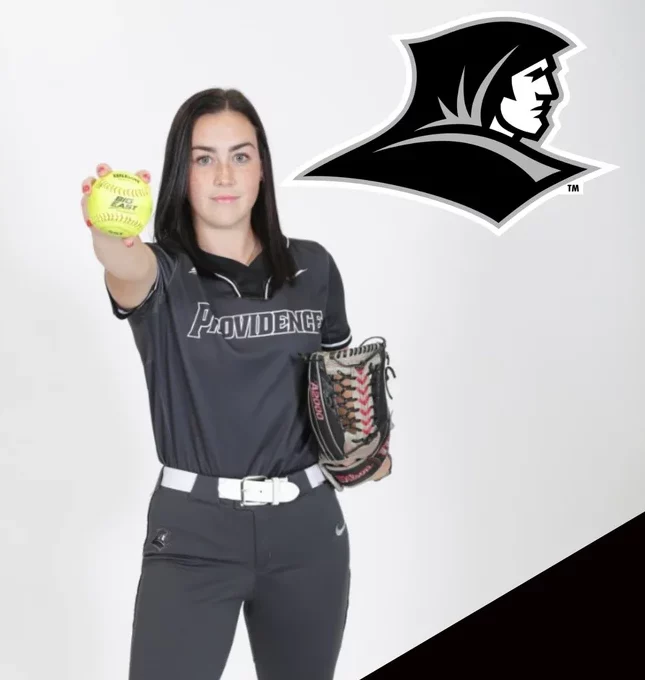WINTER SOFTBALL PROGRAM
When and where?
This program starts the week of December 2, 2024, ends the week of March 20, 2025. We save an extra week for makeups at the end.
Time & Day
Mondays and Wednesdays 6-7pm
Program Overview
You will experience a fun and energetic environment surrounded by other players who are driven to achieve their athletic goals.
We believe in results driven training using data driven coaching, which steers us towards an individualized approach, designed to help you improve.
Slap Hitting
How to leverage your speed and barrel control to take advantage of defenses.
Power Hitting
A guide to cleaning up your swing mechanics and medicine ball drills to ensure you leave hitting the ball harder than when you showed up.
Defensive Work
Coaching on footwork, hands, and being a smarter defensive player.
Individualized Training plan
We look at you as an individual and identify what your strengths are. This helps us structure an approach that is right for you and helps you use your skills to gain an advantage.
Throwing
A guide to arm strength and health through throwing programs and arm care guides.
Mairead O'Sullivan
’22 Providence College and Phillips Exeter Graduate Mairead O’Sullivan. Mairead played four seasons with the Friars after graduating from Phillips Exeter.

WINTER SOFTBALL HITTING PROGRAM
Tuition: $1400 (paid in 4 monthly installments of $350)
Hitting
How do I develop better Bat Speed and hit balls harder/farther?
Building strength and power is key to maximizing bat speed, but it’s not just about pure strength. The ability to create rotational speed and move efficiently is what truly elevates bat speed potential. A consistent training program with a coach who understands swing mechanics is essential.
Our approach includes speed training using Overload/Underload bats: heavier bats for building strength with proper form, and lighter bats to increase swing speed. For consistent results, this training is integrated into a balanced swing framework.
We also focus on movement preparation before hitting, incorporating med ball exercises, balance, and bracing work to ensure clean energy buildup and transfer.
How much should I be hitting? Off Season and in Season?
College and pro players hit six days a week on average, with practice reps far exceeding game reps. While younger players may have limitations, we recommend at least 3-4 hitting sessions per week during the offseason, in addition to the typical 1-2 weekly practice sessions.
In-season, practice and pre-game reps are limited, so supplementing with 2-3 additional hitting sessions weekly helps maintain progress. Continuing weightlifting and bat speed programs is also crucial for ongoing development.
Quality practice is key. Players should establish a consistent routine with effective drills that challenge them by simulating game-like conditions, rather than relying solely on basic tee work or flips.
How do I translate the skills I learn in the cage to the field?
Players need proper preparation to handle game demands, but many in the north lack this. In-season challenges require adaptable solutions, with variation training—exposing hitters to different shapes, speeds, and angles—being essential for preparation.
Effective hitters can adjust to what’s thrown at them, aided by strong visual processing skills. Training should focus on balanced movements, reading and tracking the ball’s speed and spin, and gaining live at-bat experience. Good mechanics, tempo, rhythm, and flow are crucial for positioning and seeing the ball clearly.
Mentally, hitters must maintain confidence and conviction. Developing timing skills, recognizing release points, and adjusting in practice are vital for success.
I want to play in college – Should I focus only on baseball? What showcases should I do?
The answer depends on individual priorities and willingness to make sacrifices. Most players aren’t physically or mentally ready for college-level play or showcasing, where metrics and perception matter. Passing the “eye test” and showing strong outputs are key for getting noticed.
Many players spend too much time on games rather than training their skills, body, and mind. While being a multi-sport athlete can help with athleticism and hand-eye coordination, playing multiple high school sports may hinder baseball-specific development if the goal is to play at the next level.
Better results come from strength training, sprints, and skill-specific practice. Balancing multiple sports with effective training requires discipline, time management, and workload planning. Prioritizing goals and committing to a focused plan is essential.
Why Does Strength Training Matters for Hitters? Where in my body should I be strong?
Strength training is crucial for hitters, with a consistent program tailored to hitting demands essential for development. Identifying deficiencies and prioritizing focus areas benefits both short- and long-term progress.
Key body parts and their roles include:
- Rear Leg: Generates potential energy and maintains balance during loading.
- Lead Leg: Braces and brakes the body for effective energy transfer.
- Core & Pelvis: Provides stability and facilitates bat movement through rotation.
- Lead Arm & Shoulder: Protects the posterior shoulder and aids in bat control.
- Rear Arm & Shoulder: Supplies top-hand force for acceleration and bat entry.
- Chest: Enhances acceleration for swinging and throwing, improving connection.
- Forearms: Ensures bat control by transferring energy from the body.
- Mobility: Flexibility in the ankle, hip, and thoracic spine is critical for balance, performance, and injury prevention.
- Assessments & Body Type: Understanding individual movement capabilities allows for efficient training tailored to each player’s strengths.
